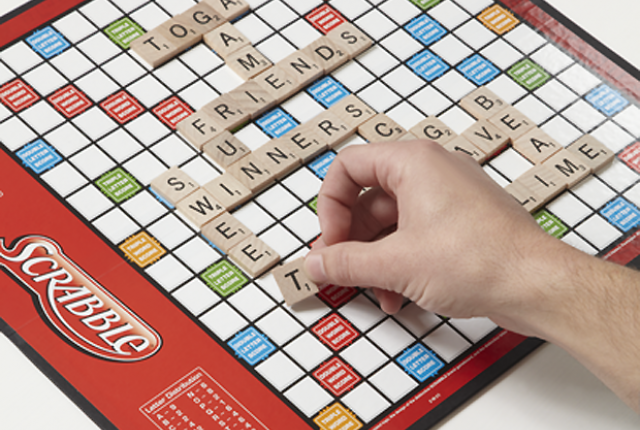Are you looking for the best two-player games to enjoy with your friend or partner? Look no further because we have got you covered. Whether you prefer cooperative or competitive gameplay, there are plenty of options available to keep you entertained for hours.
Even if you have a bunch of games on your phone, the fun that comes from playing a board game cuddled up in your blanket with a hot cup of cocoa can absolutely not be paralleled. Furthermore, board games are the savior for those days when your eyes are too tired from looking at the screen. They also allow a lot of more intimate human contact and conversation than any device can ever provide.
Table of Contents
Best Two-Player Games to be Played in 2023
In this article, we have compiled a list of the top two-player games that are sure to be a hit with any duo. From classic board games like Chess and Checkers to video games like Overcooked and Mario Kart, we have something for everyone.
1. Patchwork
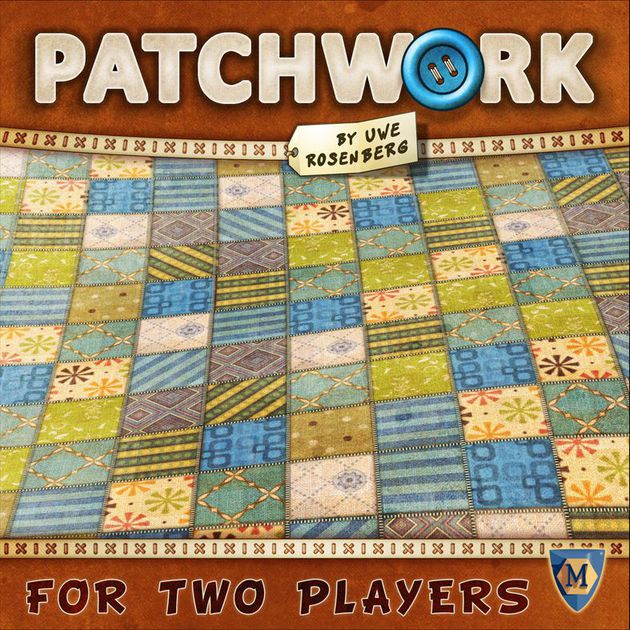
Patchwork is a two-player board game that involves building a quilt by placing Tetris-like pieces on a board. The game was designed by Uwe Rosenberg and is published by Mayfair Games.
At the start of the game, each player has a small quilt board and five buttons (the game’s currency). The quilt board has a 9×9 grid, with a 1×1 hole in the center. The goal of the game is to fill your quilt board with as many Tetris-like pieces as possible, while also collecting buttons.
On each turn, a player can either purchase a new piece from the central market using their buttons or place a piece on their quilt board. Each piece has a unique shape, and the cost of the piece is determined by its size and complexity.
When a player places a piece on their quilt board, they must pay the cost of the piece in buttons, and they also receive buttons based on how many buttons are visible on the piece they just placed. The player can then purchase a new piece or pass their turn to the other player.
The game ends when both players have placed all of their pieces on their quilt boards. The player with the most buttons at the end of the game is the winner.
2. Scrabble
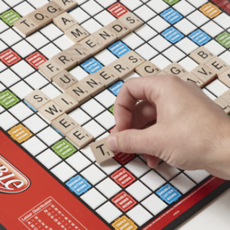
In Scrabble, players take turns placing letter tiles on the game board to form words. Each letter has a point value, and the score for each word is calculated by adding up the point values of the letters used in the word. Players can earn bonus points by placing tiles on special squares on the board.
At the beginning of the game, each player draws seven letter tiles from a bag. On each turn, a player can either place one or more tiles on the board to form a word or exchange one or more tiles from their rack for new ones from the bag. Players must always have seven tiles on their rack unless there are not enough tiles left in the bag.
Scrabble also includes two blank tiles that can be used as any letter. These tiles have no point value but can be used strategically to form high-scoring words.
The game ends when one player has used all of their tiles or when all possible moves have been played. The player with the highest score at the end of the game is the winner.
3. Pictionary
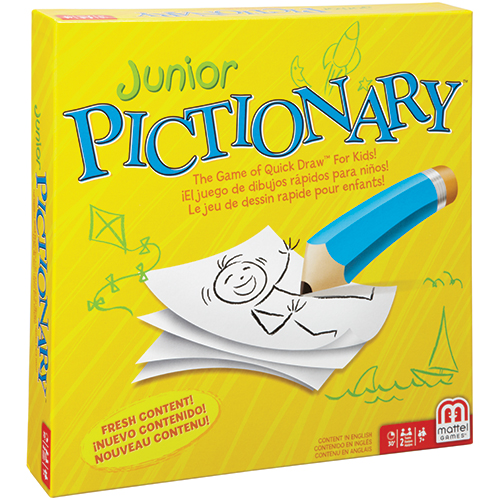
In Pictionary, players are divided into two teams. On each turn, a member of one team selects a word or phrase from a card without showing it to their team or the other team. They then have to draw pictures to represent the word or phrase while their team tries to guess what it is.
The team has a limited time to guess the word or phrase correctly. If they do, they earn points. If not, the other team has a chance to steal the point by correctly guessing the word or phrase.
The game includes a game board with squares that correspond to different categories, such as “person,” “place,” “animal,” and “object.” When a team successfully guesses a word or phrase, they move their game piece to the corresponding category on the game board, and the next team takes a turn.
4. Business or Monopoly
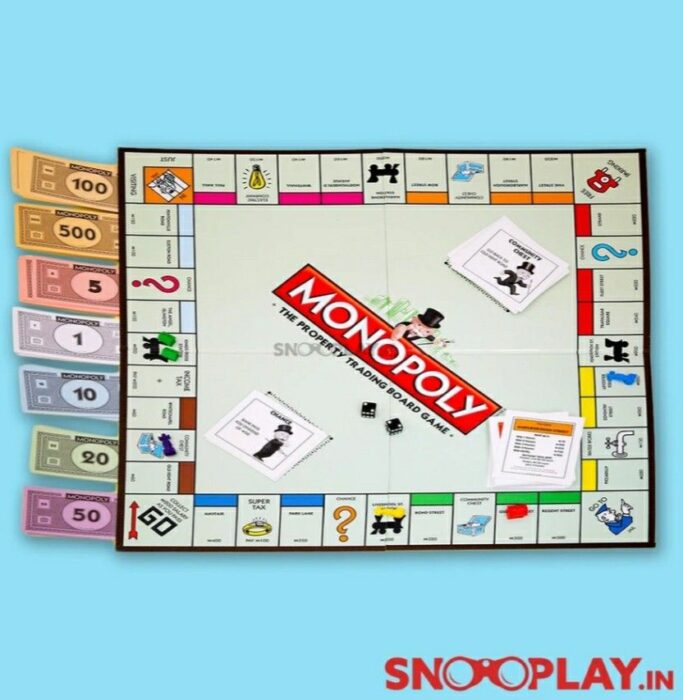
In Monopoly, players move around the board by rolling dice and land on various properties, which they can buy or auction off. Once a player owns all the properties in a certain color group, they can start building houses and hotels to increase the rent they can charge other players who land on their properties.
This two-player game also includes various cards and events that can help or hinder a player’s progress, such as Chance and Community Chest cards and Jail.
In Business, players also move around the board, but instead of properties, they buy and sell different types of businesses, such as a factory, a bank, or a restaurant. Each business generates income based on a roll of the dice, and players can use their income to buy more businesses or invest in the stock market.
The game also includes various events and challenges that can affect a player’s income or require them to make strategic decisions.
Both games involve strategic planning, risk-taking, and negotiation skills, as players must decide which properties or businesses to buy, how much to invest in them, and when to sell or trade them. The games also teach basic financial and investment concepts, such as budgeting, diversification, and risk management.
5. Codename
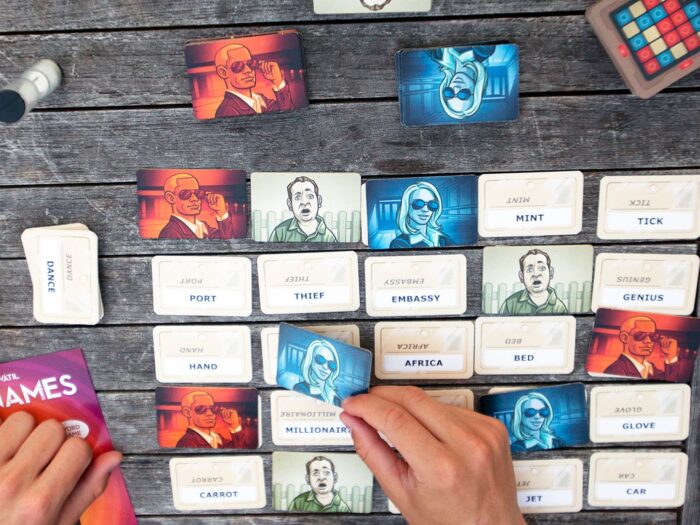
In Codenames, a set of cards with words on them is placed on the game board. Each team has a Spymaster who knows which words correspond to their team’s agents and which words correspond to the other team’s agents or bystanders.
The Spymasters take turns giving their team one-word clues that relate to the words on the cards, along with a number that indicates how many cards on the board the clue applies to. The other members of the team then try to guess which words the Spymaster is referring to, by selecting the cards on the board that they think match the clue.
If they select a card that corresponds to one of their agents, they score a point. If they select a card that corresponds to the other team’s agents, they lose a point, and if they select a bystander, the turn ends.
The two-player game can be played with various difficulty levels, such as using only certain categories of words or adding more challenging words to the board. The game ends when one team has identified all of their agents correctly, or when a team selects the assassin card, which immediately ends the game and results in an automatic loss.
6. Hive
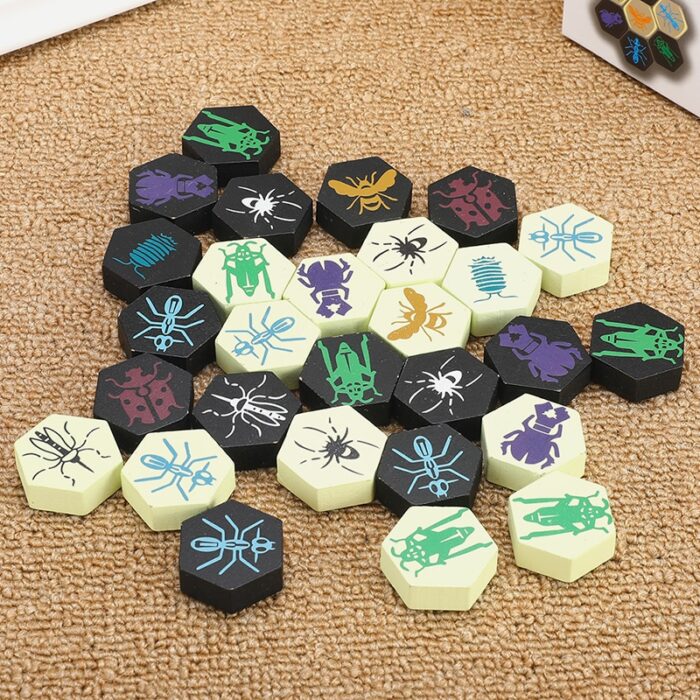
Everyone hates spiders. But probably not in this context. If you want an awesome game that is steeped in strategy and skill where you get to surround the queen bee of the player playing against you, then this game is one that you absolutely have to try.
In Hive, each player has a set of insect tiles, including the queen bee, ants, beetles, grasshoppers, and spiders, each with its own unique movement abilities. The game begins with both players placing their queen bee tiles on the board.
Then, players take turns placing and moving tiles, with the goal of completely surrounding their opponent’s queen bee while protecting their own. The game has no board or boundaries, allowing for a wide variety of potential tile placements and strategic maneuvers.
One of the key aspects of Hive is that the tiles must be placed in such a way that they touch at least one other tile, creating a growing hive. This means that players must carefully consider the placement of each tile and how it will interact with the other tiles on the board.
7. Morels
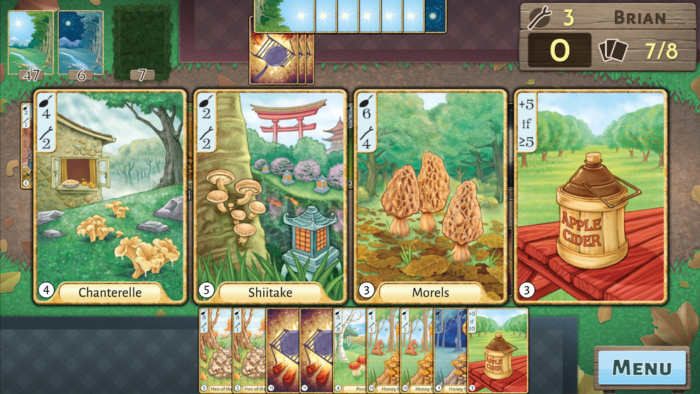
In Morels, each player starts with a hand of cards that represents the various mushrooms they can collect. Some mushrooms are more valuable than others, and some have special abilities that can be used to gain an advantage in the game. Players take turns either “foraging” to draw new cards or “cooking” to play sets of mushrooms and score points.
During this two-player game, players must balance the risk and reward of foraging for new mushrooms versus cooking the mushrooms they already have. Foraging allows players to potentially collect more valuable mushrooms, but it also increases the chance of encountering harmful cards, such as poison or decay. Cooking mushrooms can earn points and clear up space in a player’s hand, but it also limits their options for future turns.
The game ends when the draw pile runs out or when one player reaches a certain number of points. The player with the most points at the end of the game wins.
8. Card Games
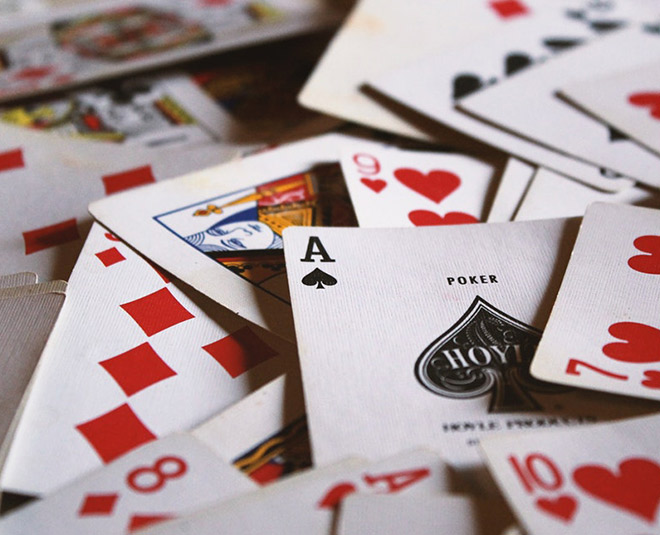
Card games are games that use a standard deck of playing cards or a specialized deck with unique suits or designs. They can be played with varying numbers of players, and many different types of games exist within the broad category of card games.
Some card games are based on traditional playing cards ranks and suits, such as Poker, Blackjack, Hearts, and Bridge. These games often involve a combination of luck and strategy, with players betting, bluffing, and trying to outsmart their opponents.
Other card games are more specialized and use unique cards or rules. For example, games like Magic: The Gathering, Yu-Gi-Oh!, and Pokémon Trading Card Game involve collecting and building decks of cards with unique abilities and using them to defeat opponents. Games like Uno, Skip-Bo, and Phase 10 use specially designed decks and rules to create fast-paced, easy-to-learn games that can be played with family and friends.
9. Jigsaw puzzles
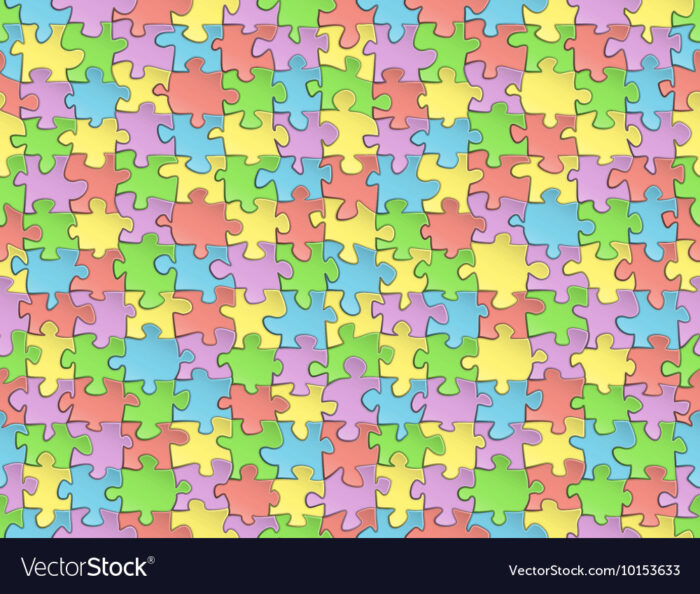
Jigsaw puzzles are a type of puzzle that involves assembling small interlocking pieces of cardboard or wood to form a complete picture. The puzzle pieces are usually cut in a specific shape, and each piece can only fit into its specific place within the larger picture.
Jigsaw puzzles come in a wide variety of sizes, from small puzzles with a few dozen pieces to large puzzles with thousands of pieces. They can feature a wide range of subjects, including landscapes, animals, works of art, and more. Some jigsaw puzzles also have unique shapes, such as circular or irregular shapes, to add an extra challenge.
To solve a jigsaw puzzle, the player must begin by sorting the puzzle pieces by color, shape, and pattern. Then, they start by assembling the border of the puzzle, working their way inward. As the puzzle takes shape, players use visual cues and patterns to fit the remaining pieces into their proper places.
10. Tiny Towns
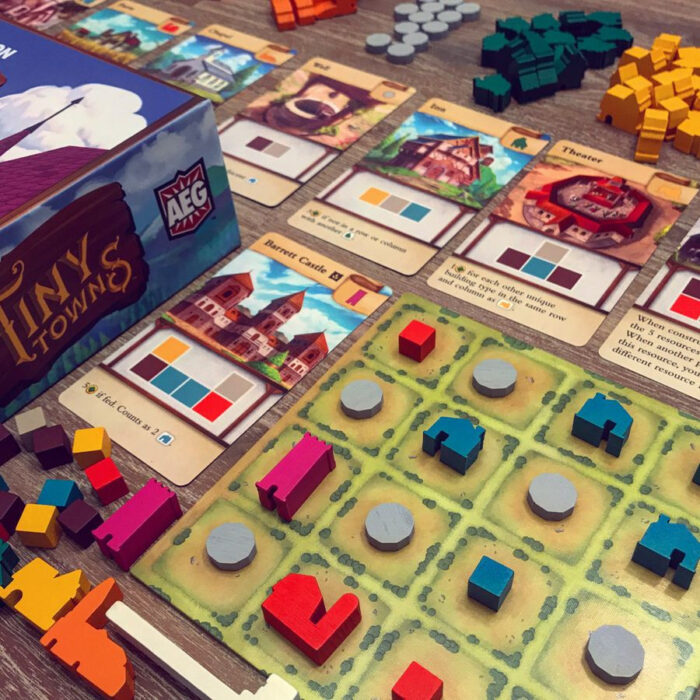
Tiny Towns is a board game where players compete to build the best town by placing different building types on a grid of squares. The game is designed for 1-6 players and usually takes about 30-45 minutes to play.
In the game, players take turns selecting resources to place on their town grid. Each player has a unique town board with a different layout of spaces to fill, and they must use their resources strategically to fill their board and score points. The resources are represented by different colored cubes, and each cube corresponds to a specific building type, such as houses, taverns, and markets.
As players place their resources on their boards, they must consider how each placement affects their overall strategy. Some buildings score points for being adjacent to other specific types of buildings, while others require specific resource combinations to be built. Players must also manage their limited space and avoid placing resources that block future building opportunities.
The game ends when all players’ boards are completely filled or when no more resources can be placed. Players then tally their points based on their completed buildings and any bonuses they have earned throughout the game. The player with the most points at the end of the game wins.
Conclusion:
we’ve discussed some of the best two-player games that are sure to bring hours of fun and entertainment. Whether you’re looking for classic board games or high-tech video games, there’s something for everyone on this list. From the strategic gameplay of chess and checkers to the fast-paced action of Mario Kart and Call of Duty, these games offer endless possibilities for players of all skill levels.
Now, we want to hear from you! What are your favorite two-player games? Have you tried any of the games on our list? Let us know in the comments below
- What Does the Red Heart Mean on Snapchat? - April 23, 2024
- What Is a TF Card and How Does it Work? - April 20, 2024
- 10 Best Instagram Reels Downloader in 2024 - April 17, 2024

